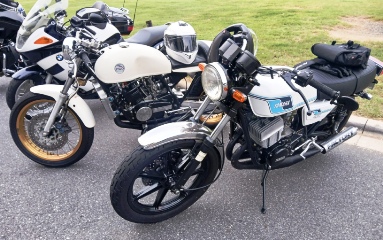- Welcome to 2 STROKE WORLD .net.
Timing with a dial gauge
Started by rearwheelslider, December 29, 2023, 06:29:06 PM
Previous topic - Next topic0 Members and 1 Guest are viewing this topic.
User actions
MSRs 78 400 , My hybrid and a random German tractor
Started by rearwheelslider, December 29, 2023, 06:29:06 PM
Previous topic - Next topic0 Members and 1 Guest are viewing this topic.
Page created in 0.225 seconds with 17 queries.